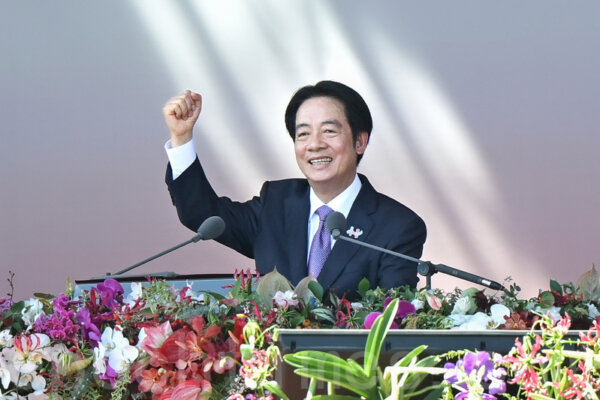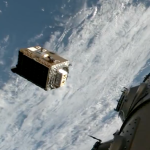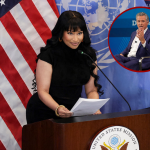![]() TAIPEI, Taiwan—Taiwanese President Lai Ching-te has vowed to accelerate the construction of a new “T-Dome” air defense system in the face of communist China’s military threats.
TAIPEI, Taiwan—Taiwanese President Lai Ching-te has vowed to accelerate the construction of a new “T-Dome” air defense system in the face of communist China’s military threats.
“We will accelerate our building of the T-Dome, establish a rigorous air defence system in Taiwan with multi-layered defence, high-level detection, and effective interception, and weave a safety net for Taiwan to protect the lives and property of citizens,” Lai said, according to an official translation of his speech.
Lai did not elaborate on the specifics of the “T-Dome” in his first public statement about the system. Currently, Taiwan’s air defense systems primarily consist of U.S.-made Patriot and Taiwan-made Sky Bow missiles.
The Chinese regime has ramped up its diplomatic, military, and political pressure on Taiwan since the Democratic Progressive Party (DPP) came to power in 2016. The Chinese regime considers the self-governing island its own territory, and labels Lai and his predecessor, Tsai Ing-wen, both DPP members, as “separatists” for their outspoken commitment to the island’s sovereignty.
“We will advance the integration of high-tech and AI technologies to build a smart defense combat system, maximizing effective deterrence for our asymmetric strategy,” Lai stated.
The president also reiterated his commitment to increasing Taiwan’s defense spending, projected to surpass 3 percent of the gross domestic product (GDP) in 2026 and reach 5 percent by 2030.
The increase in defense spending “is a clear necessity to counter enemy threats and a driving force for developing our defense industries,” he said.
Lai said that China should “renounce the use of force or coercion to change the status quo across the Taiwan Strait.”
“In today’s world, authoritarianism continues to expand and the international order faces severe challenges. Regional order in the Taiwan Strait, East China Sea, and South China Sea, and even the security of the entire first island chain, are under serious threat,” he stated.
Taiwan sits at the heart of the first island chain, which stretches from the southern Japanese island of Kyushu and the Philippines to the Malay Peninsula. The second island chain extends from Japan through Guam and Micronesia to Indonesia.
“Looking back at World War II, we see that so many experienced the suffering of war and the pain of invasion. We should learn from these lessons and ensure that the tragedies of history are never repeated,” Lai said.
Calling Taiwan a “beacon of democracy in Asia,” Lai said his administration “will work to uphold the status quo” across the Taiwan Strait.
A U.S. administration official said that the United States welcomed Lai’s pledge to increase defense spending and his commitment to peace in the region.
“We’re not going to speculate on how Beijing might react. But our general policy is that we don’t think routine speeches should be used as a pretext for taking any sort of coercive or military action,” the official said.
In recent years, the Chinese military has routinely sent fighter jets and warships near Taiwan, regularly breaching the island’s air defense identification zone (ADIZ).
Taiwan’s National Day, also dubbed the Double Ten Day, marks the start of the Wuchang Uprising in 1911 that overthrew the Qing Dynasty emperor. The Republic of China (ROC), Taiwan’s official name, was founded in mainland China in 1912.
The ROC government retreated to Taiwan in 1949 after losing a civil war to the Chinese Communist Party.











